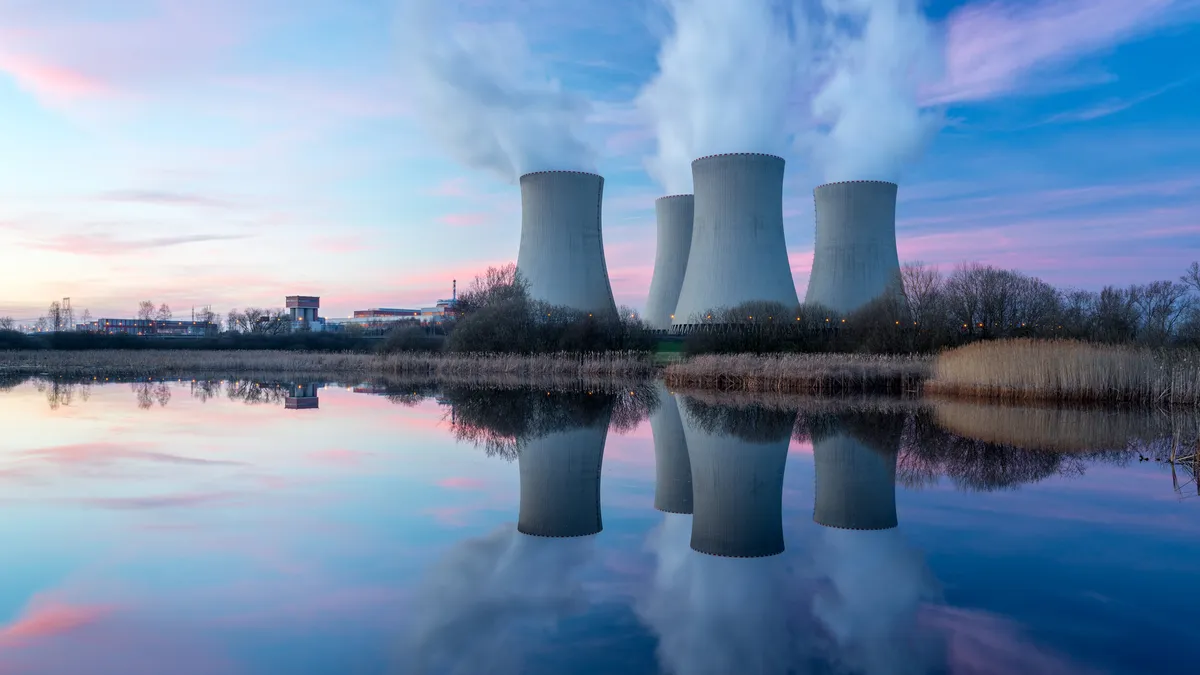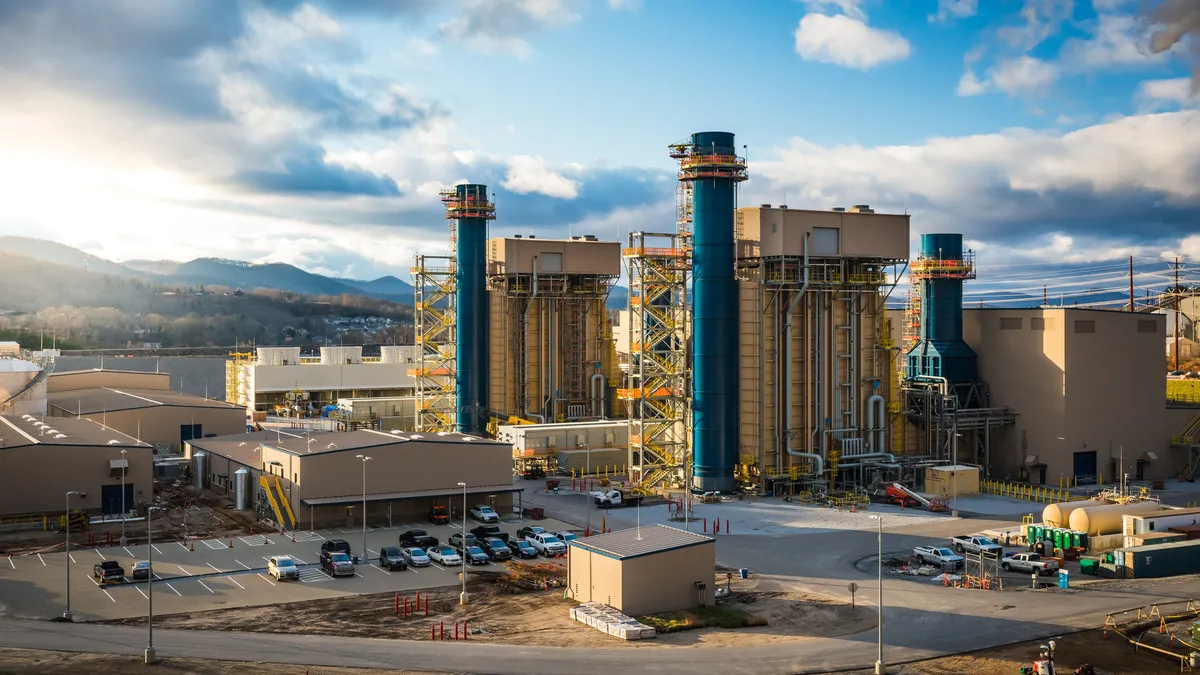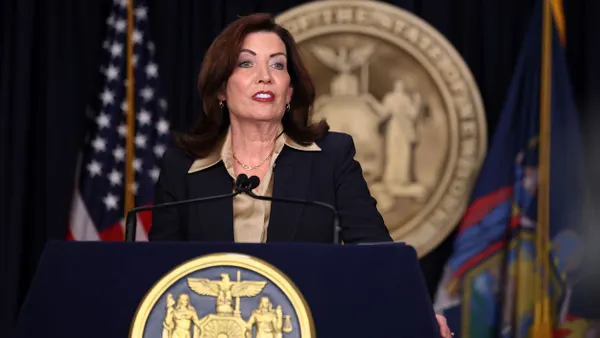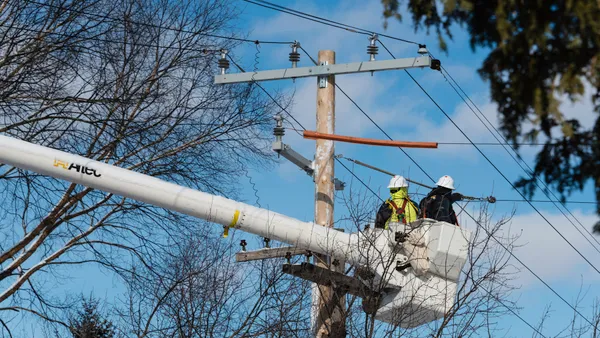Judi Greenwald is executive director for the Nuclear Innovation Alliance.
In 1981, young activists staged demonstrations to shut down the Diablo Canyon nuclear reactor in California to protect the environment. Forty years later, young activists staged demonstrations to save the plant to protect the environment. And while opposition persists, recent surveys indicate increasing support for nuclear power among environmentalists.
As a long-time energy and environmental analyst, I know that facts and analysis matter to public and private decision makers, but they are not always determinative. By that, I mean that facts and analysis are not always enough to change opinions and compel action. Interestingly, it is facts and analysis that are changing the hearts and minds of many environmentalists with respect to nuclear power.
Policy and investment analysts are trained to ask two questions about a proposed action: (1) What are the pros and cons (aka costs and benefits) and (2) Compared to what? Forty years ago, many environmentalists were firmly anti-nuclear. It turns out this positioning was, in many cases, based on an incomplete analysis of these two questions, even considering what was known at the time. In addition, we have learned things over the past forty years that affect the costs and benefits of, and alternatives to, nuclear power. What did we miss? What were we wrong about then? And what have we learned?
One key thing we missed, or perhaps didn’t fully acknowledge and appreciate, was nuclear power’s remarkably positive environmental attributes. In contrast to fossil fuels, nuclear power emits zero air pollution and carbon emissions. In contrast to wind and solar, because nuclear fuel (i.e., uranium) is so energy dense, nuclear power plants can be built at an enormous scale on a very small land footprint. For example, in comparison to nuclear power, solar power needs more than 17 times as much material and 46 times as much land to produce one unit of energy. As demand for clean power increases, the land efficiency of nuclear power becomes increasingly important.
The other important point we missed is the role that nuclear energy can play in the electricity system as a firm complement to the increasing variable renewable power we need, and as a climate solution for meeting other energy needs. Over the past forty years, the effects of climate change have become ever clearer, and energy system analysis has made the grid benefits of nuclear power increasingly obvious. In addition, new advanced nuclear energy technologies that come in smaller sizes and operate at higher temperatures can serve as zero-carbon energy sources for the hard-to-decarbonize manufacturing sector and for the production of zero-carbon fuels like hydrogen.
These huge benefits have prompted a new generation of environmentalists to embrace nuclear power, and many members of the older generations to take a second look. As is the case for any people with strong and long-held views, many environmentalists who grew up anti-nuclear have trouble changing their minds. But many are now revisiting the early concerns about nuclear power — primarily waste, safety and costs — in light of new information and analysis, and are concluding that while these risks are real, they are outweighed by nuclear power’s benefits, and we now know how to manage them. Let’s take these one at a time and review current considerations.
With respect to waste, the first thing I learned in my introductory toxicology class is that “the dose makes the poison.” Even forty years ago, we knew a few things made it relatively easy to keep people from coming into contact with nuclear waste. First, the quantity of spent nuclear fuel, the most highly radioactive commercial nuclear waste, is quite small, especially in comparison to any other energy source or industrial activity. For example, each year the U.S. produces 2,000 tons of commercial spent nuclear fuel, vs. 100 million metric tons of coal ash. Second, the radiation it emits is relatively easy to detect. And third, there are very well-developed technologies and methods for blocking radiation emissions, thereby preventing exposure.
Since then, we have learned from several decades of waste management experience by the nuclear industry, overseen by the Nuclear Regulatory Commission, that we can safely transport, manage and store nuclear waste at nuclear power plants around the country without exposing the public to harm. Unlike any other energy generating industry, the commercial nuclear energy sector is required to take full responsibility for all of its waste. We also know that high level nuclear waste can be permanently disposed of in deep geological formations, and that Finland is building such a permanent repository. While we have yet to find a permanent repository for U.S. spent nuclear fuel, we know how to track and manage the waste effectively and keep it from harming people while we search for permanent solutions. We are actually better at doing that for commercial nuclear energy waste than for any other energy or industrial waste.
With respect to safety, forty years ago we were very focused on the potential for low-probability, high-consequence accidents in which the fuel in a nuclear power plant could melt and release radiation to the environment. In response to this risk, nuclear energy technologies in the United States are carefully designed and operated to avoid accidents and minimize their consequences. Here again, several decades of experience of nuclear industry operations, overseen by the NRC, have demonstrated that accidents are very rare, and when they do occur, the radiation exposure is minimal. This is an excellent record in comparison with pretty much any other energy source, especially fossil fuels, which kill more people each year via air pollution than have been harmed in 70 years of nuclear reactor operation.
In addition, over the last forty years, we have developed nuclear power plants that are even safer, with “inherent” or “passive” safety systems that further reduce or eliminate the possibility of major accidents. The next generation of advanced nuclear reactors promises to be safer still, using new coolants and fuel forms that make the remote possibility of an accident even more remote.
The issue of costs is a bit more complicated. It is not an environmental issue per se, but it matters to environmentalists because society only has so much money to invest in climate solutions, and most of us want to ensure that money is well spent. Initially, nuclear power was expected to be “too cheap to meter”. Then a combination of business and public policy decisions increased its costs and allowed it to be outcompeted by coal and then natural gas, both of which increased carbon emissions.
Forty years ago, we didn’t recognize the value of the clean energy nuclear power produced. As we started to bring renewable energy sources online, many mistakenly contrasted nuclear and renewable as being “old” and “new” forms of energy when in reality we should have been recognizing both as “clean” forms of energy. Now nuclear power plants are considered to be valuable assets that are available 24-7. When its reliability, zero-carbon, zero air pollution, and land use benefits are taken into account through rigorous energy system analysis, nuclear power is an economic as well as an environmental winner.
In light of what we should have known then as well as what we know now, more and more environmentalists are warming to nuclear power. They want to keep existing nuclear power plants operating, lest they be displaced by fossil fuel generation. And they want to build a new generation of nuclear energy plants as part of a broader zero-carbon energy portfolio. They’re right and we would do well to listen to them as we endeavor to create a clean energy future.





















